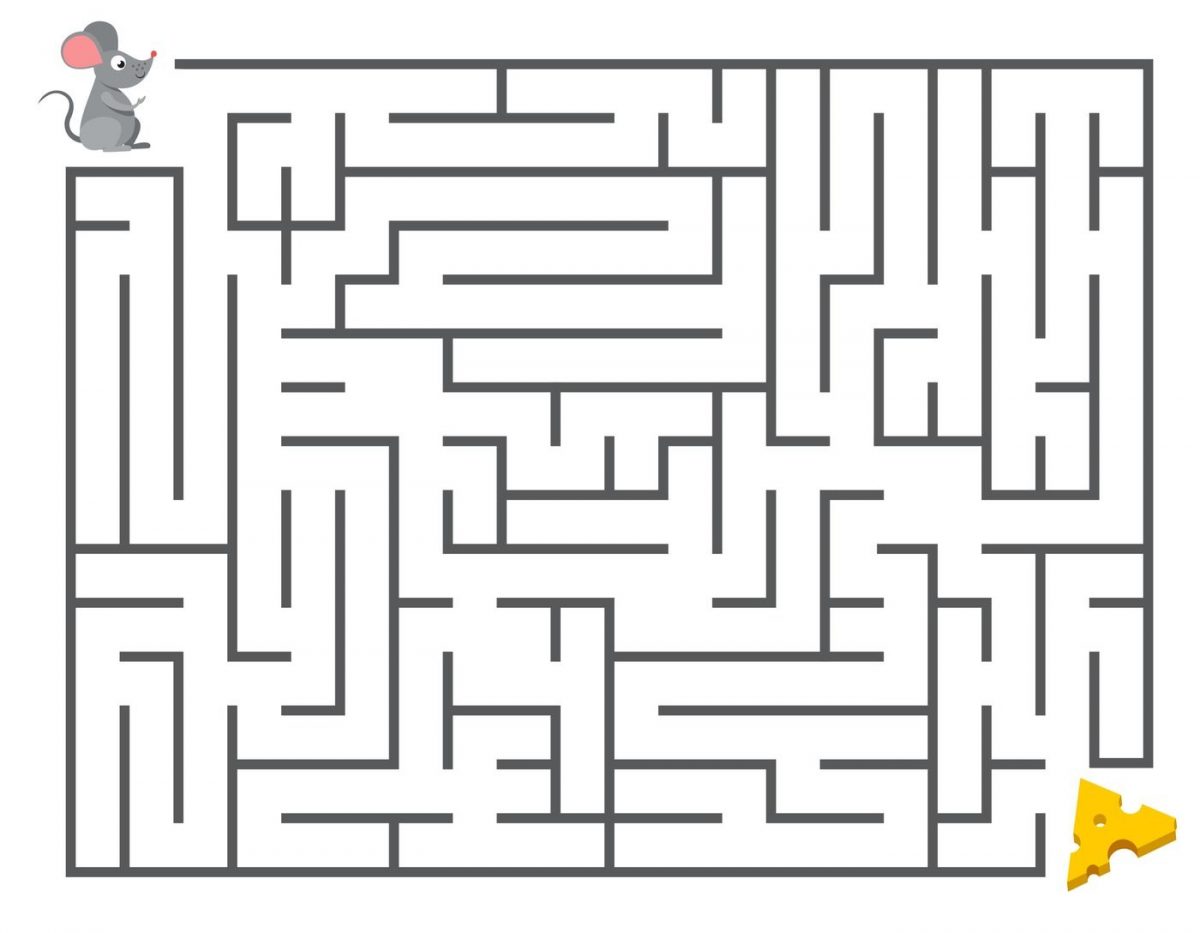Who hasn’t ever played the game of drawing a line from the mouse to the cheese though a seemingly impossible maze? Do you still remember the trick? Spoiler, don’t start at the mouse but begin at the cheese. Start with the end result in mind.
Running a transformation journey in business isn’t any different. True, the end point may be a moving target, but still to a major extent your journey is defined by a business objective.
Why am I bringing up this topic? At the Field Service News Live Symposium in Birmingham, UK we had a lot of conversations on AI. If AI is the cheese, then the technician is the mouse. We know that no matter how much technology we deploy, as long as we live in a world of physical objects, ultimately somebody will need to hold the ‘wrench’.
Technician of the year
That ‘somebody’ who is holding the wrench is Jack Ogden. Jack works for Beckman Coulter. Jack was awarded technician-of-the-year by Field Service News. For me Jack and all the other Jacks are the true heroes in the service domain. They keep the world running. They are the heroes on site. To be successful they need the right tools, correct information and empowerment to perform their ‘magic’ in the face of ever more demanding asset owners. What do we give them? State-of-the-art field service management tooling? AI?
A different planet
Now picture yourself having toasted to Jack yesterday evening and today you are engaged in an AI conversation with a group of service executives. Have we landed on a different planet? I can’t shed the feeling there is a gulf of space between day-to-day service operations and the AI discussion. Echoing the words from Rajat Kakar, it feels like a maze separating the mouse from the cheese.
Paradigm shift
Don’t get me wrong. As much as I comprehend the world of Jack, the cheese is real too. I do believe AI has a substantial potential in the service domain. Though I may not have a comprehensive understanding of what AI means, the fact that during the service lifecycle massive amounts of data are generated, I can imagine that deep learning and mining tools can lead to better and optmised decision making.
And when I focus on decision making, service executives and Jack are not so different. In a recent ride along I did, the focus was on having reliable asset data. To be more efficient and proactive. The sheer amount of assets and the long lifecycle makes it practically impossible for humans to consume the data and to prepare for each eventuality. Tribal knowledge and experience drove historical service execution. Todays ambition for this company is to empower every service employee make informed decisions.
We want to move from ‘assumed’ to ‘informed’
Navigating the maze
When we were children we found joy in navigating[1] the maze. Through trial and error we ultimately found a strategy. In business the stakes are a little higher. Still, there is a lot of trail and error with new technology adoption. But we can be smart at it when we have the cheese in mind.
With AI we don’t want to repeat the same ‘mistake’ a lot of companies made with big data. Big investments resulting in unused[2]data lakes. An example of starting at the mouse and uncertain where the cheese is. If forementioned ride along is exemplary, we can define the cheese as the business desire to facilitate informed decision making over assumed decision making. Thus the path through the maze become much clearer.
Making an impact with asset data
AI has the capability to convert huge amounts of data into ‘intelligence’. The quality of intelligence is based on what you feed into the algorythm. Simple rule: garbage in, garbage out (GiGo). Before you start you have to be very conscious about your data. Illustrated by a failed AI implementation at Amazon. When you use historical data to teach the algorithm, beware that the decisions made by AI will be a compound of all bias and mistakes made in the past.This brings me back to Jack. If Jack wants to make an impact, he needs asset data. If the volume of asset data is big, it would be a great help to Jack if AI could make suggestions. Not decisions, but suggestions … because ultimately it is Jack who is holding the wrench.
[1] For the mathmeticians amongst us, have a look at Trémaux’s algorithm.
[2] According to Forrester “between 60% and 73% of all data within an enterprise goes unused for analytics”. InsideBIGDATA asks the proverbial question “are data lakes just dumping grounds?”
